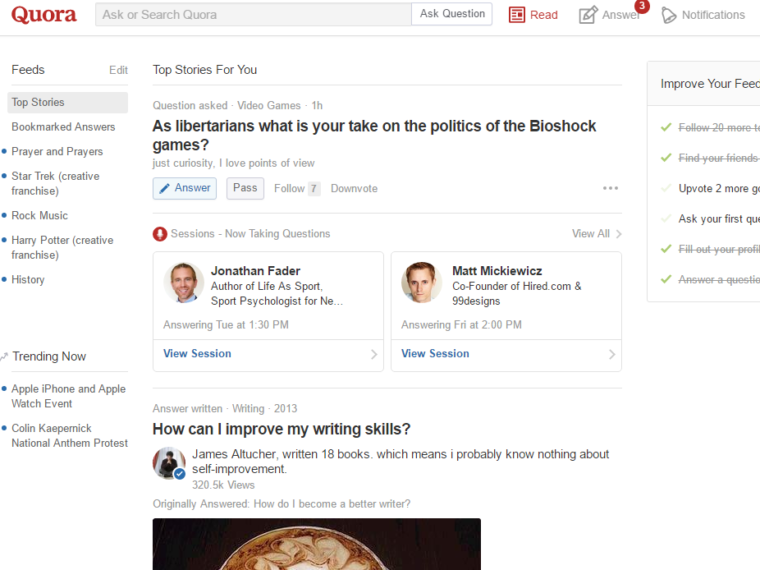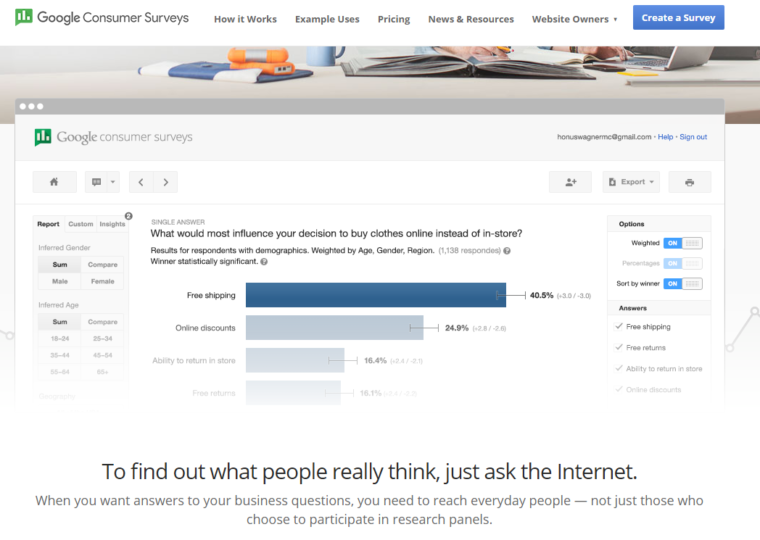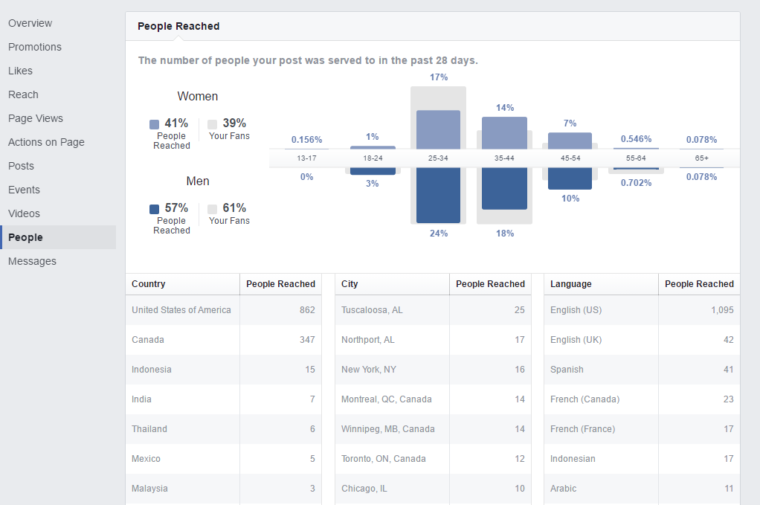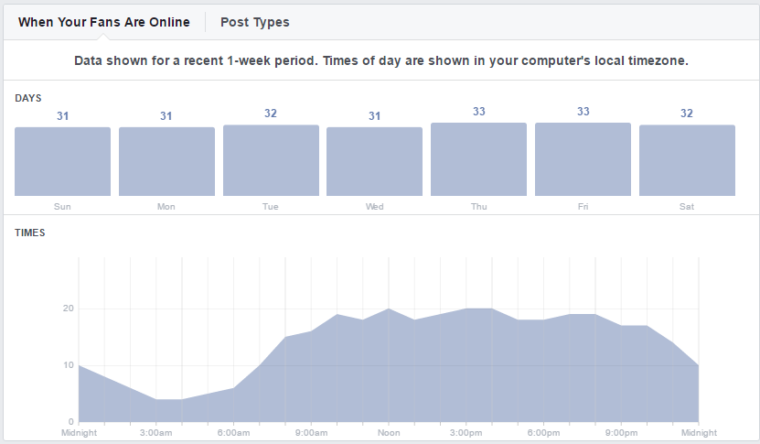Every marketing strategy should be driven by data that paints your ideal audience with a laser, ensuring every campaign will hit its target. Data is critical for defining your audience and supporting your efforts with content production.
Unfortunately, a lot of marketers tend to limit themselves to their own experiences. If you’re not well-versed in sourcing and cultivating in-depth customer data for your industry, then crafting engaging content and campaigns is an uphill battle. Assumptions can only take you so far, but using tools and resources for collecting customer and industry data can help you make it to the finish line with each campaign.
In this article, I’ve listed nine resources you may not have considered for cultivating that data for laser-focused campaigns.
1. Quora
If you have any experience with Quora, then you know a lot of the questions that come up may have little to do with your industry. If you look beyond trivial questions like, “Why are firemen sexy?” (because we are) and “Why does dog fur smell bad when it’s wet?” (yeast and microorganisms are released upon contact with water), you’ll be able to find opportunities for gathering data and refining your target audience.
Quora is helpful for creating questions that can dive deep into the details on specific audience segments for your campaigns. This platform can provide insights on what motivates them, what interests them, and how they may react to a content campaign you’re currently planning.

For example: An entrepreneur who runs an online fitness store that sells supplements and shake mixes could use Quora to gather additional details on consumer preferences to direct their next content campaign. Some questions they could ask include:
- Do you prefer to take protein shakes before or after a workout, and why?
- What do you look for when comparing protein shakes?
- Do you prefer multivitamins, energy shakes, or both?
With a little brainstorming and planning, you can pull great insights and cultivate valuable data from your target audience on Quora.
2. Mechanical Turk
Amazon’s Mechanical Turk platform provides direct access to a massive, on-demand workforce. Although it’s task-based, it’s also a great way to gather customer data, especially for B2B. The majority of the work on Mechanical Turk is based on low-level and repetitive tasks, but it can still be used for sourcing and pulling data.
This can be a cost-effective way to delve into the user experience around your website, funnel, or SaaS product. Screen shares from the on-demand workforce can provide tremendous insight into how the average person might navigate your funnel or move through the onboarding process of a SaaS offer.
3. Google Consumer Surveys
Surveys can be effective for cultivating data from your current audience, but you’re limited to the answers you receive and the way the information is presented. For the most part, you’ll need to decipher the intent of the answers and measure how the responses correlate on your own.
With Google Consumer Surveys, there are some additional advantages beyond just getting answers to burning questions. First, answers are provided in exchange for access. For a marketer, you can set up access to premium content offers or other products. That makes Google surveys not only sources of data, but also potential sources of leads.

Once you gather the results of a survey, you can segment the data into categories. You’ll also be able to view demographic information and the location of respondents by IP address. This is a fantastic way to see how audience behaviors differ based on regional and cultural influences.
Most importantly, you’re not limited to surveying only the customers you have contact details for. Your survey questions are published across Google’s network of news, entertainment, and reference sites once you select a target audience range.
This means you’ll get real people from your audience around the world providing data in real-time.
4. Social Media Insights
If you’re not paying attention to your insights on Facebook and Twitter, you’re missing out on some great information. Facebook has one of the largest consumer datasets available, and the demographics, interests, and habits of your audience are just waiting to be reviewed.
If you have a Facebook page that consistently has followers engaging with you, just click on the “Insights” tab. In the menu on the left, navigate to “People.” These insights will show you primary demographic information, including age ranges, geographic data, and the number of people reached in those regions.

Navigating to “Posts” will show you the peak engagement times when your audience is most active. This information can be used to drive the promotion and distribution for any content campaigns you put together

5. Historical Customer Service Records
Customer service platforms that store customer cases (Zendesk or Desk.com for example) are perfect sources of customer data. Spending time reviewing past cases might reveal common return issues, what makes your customers unhappy, common resolutions that are most effective, tolerance limits on response times, and more.
You can also set this system up to become a future data warehouse. Instruct your customer service team to insert key questions into cases that can be recorded for later review. This can include questions related to product feedback, why they originally made a purchase, and if they engage you on social (why or why not), etc.
6. Referral Sources
How often do you review the referral sources of the leads that come into your funnel? Your sales team should record this information with every new interaction, and your analytics can cover referral sources on the web for incoming digital leads.
Check on those referral sources, especially the ones that consistently drive new leads to you. If it’s not a source you established through a marketing campaign, study it to find out more about your audience. Why they’re at that particular referral source, what attracts them to it, how does it fit into their personal or professional life, and more.
7. Social Engagement
If you’re paying attention and making the right kinds of posts, you’ll learn a lot about the tastes and preferences of your audience by combining content with other data that you’ve collected from surveys and authoritative industry sources.
For example, a dealership with information on the percentage of consumers who prefer trucks could make a post captioned, “68% of you are in love with the American Pickup,” followed by an image of the latest truck model on the lot. You’ll learn a great deal about your followers from the feedback loop you create with customer data.
8. Reddit
I love Reddit for the eclectic assortment of information, people, and data that can be pulled from it. The Datasets subreddit is an enormous collection of peer-nominated datasets on a wide range of subjects. You can also request datasets to see if anyone knows of a resource or can direct you to an existing dataset.
Click on the “Hot” tab to find the most up-voted and useful datasets to find something relevant to your industry.
9. Pew Research Center
You’ve likely come across references to the Pew Research Center when reading content online, but have you ever considering exploring the datasets to find relevant customer and industry data at the source? Pew has a treasure trove of consumer behavior data, along with survey data related to health, income, social media, and more.
It can be a tremendously useful resource if you’re looking for more macro-level audience information rather than micro audience segments.
Conclusion
I know a lot of marketers prefer direct engagement through interviews and surveys to gather relevant data for creating and refining their audiences. However, you shouldn’t feel like you have to limit yourself to direct means of communication with your audience. If you’re coming up short on data and need to zero in on your audience’s background for upcoming campaigns, consider these sources for cultivating consumer information with precision.
Do you have any unusual resources for cultivating customer data? Share them with me in the comments below:
Featured Image: Pexels
All Screenshots Taken by Aaron Agius. September 2016





